- Clone
- P4D1 (See other available formats)
- Regulatory Status
- RUO
- Isotype
- Mouse IgG1, κ
- Ave. Rating
- Submit a Review
- Product Citations
- publications
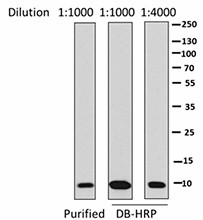
-

Recombinant mouse Ubiquitin (100 ng) was resolved by electrophoresis, transferred to a nitrocellulose membrane, and probed with purified or Direct-Blot™ HRP anti-Ubiquitin antibody (clone P4D1). Proteins were visualized using chemiluminescence detection.
| Cat # | Size | Price | Quantity Check Availability | Save | ||
|---|---|---|---|---|---|---|
| 646304 | 25 µL | 81€ | ||||
| 646303 | 100 µL | 272€ | ||||
Ubiquitin is a highly-conserved small protein expressed in all eukaryotes. It is involved in a post-translation modification of proteins called ubiquitination of proteins by the covalent attachment (via an isopeptide bond) of one or more than one ubiquitin monomers. Ubiqutination controls the protein degradation, stability and intracellular localization of many proteins.
Product DetailsProduct Details
- Verified Reactivity
- All Species
- Antibody Type
- Monoclonal
- Host Species
- Mouse
- Immunogen
- Denatured glutaraldehyde cross-linked ubiquitin IgG complex
- Formulation
- This antibody is provided in 50% glycerol in aqueous buffered solutions with preservatives.
- Preparation
- The antibody was purified by affinity chromatography and conjugated with HRP under optimal conditions.
- Concentration
- Lot-specific (to obtain lot-specific concentration and expiration, please enter the lot number in our Certificate of Analysis online tool.)
- Storage & Handling
- Upon receipt, the antibody solution should be stored undiluted at -20°C, and protected from prolonged exposure to light.
- Application
-
WB - Quality tested
- Recommended Usage
-
Each lot of this antibody is quality control tested by Western blotting. For Western blotting, the suggested dilution is 1:1000-1:4000. The optimal dilution should be determined by titration for each individual assay of interest.
25 µl and 100 µl of Direct-Blot™ HRP antibody can be used for approximately 5 and 20 Western blots, respectively, at the recommended concentration/dilution. - Application Notes
-
This antibody recognizes ubiquitin, polyubiquitin, and ubiquitin-conjugated proteins. The ubiquitin protein is extremley well conserved and thus the antibody has extensive species cross-reactivity from yeast to human. This antibody was specifically developed to detect ubiquitin and ubiquitin-substrate conjugates by immunoblotting. Because the antibody recognizes a denatured epitope, it is known to not work in immunoprecipitation or immunostaining applications.
- Application References
-
- Magnaudeix A, et al. 2013. Neurobiol Aging. 34:770. PubMed.
- Product Citations
-
- RRID
-
AB_2734516 (BioLegend Cat. No. 646304)
AB_2629597 (BioLegend Cat. No. 646303)
Antigen Details
- Structure
- Consists of 76 amino acids and has a molecular mass of about 8.5 kd. Highly conserved among all eukaryotic species.
- Biology Area
- Cell Biology, Neurodegeneration, Neuroscience, Neuroscience Cell Markers, Protein Trafficking and Clearance, Ubiquitin/Protein Degradation
- Molecular Family
- Autophagosome Markers
- Antigen References
-
1. Kahana, et al. 1999. Mol. Cell Biol 19:6608
2. Ciechanover A, et al. 1998. EMBO J 17:7151
3. Xu P, et al. 2008. Analytical Chemistry 80:3438 - Gene ID
- 6233 View all products for this Gene ID
- UniProt
- View information about Ubiquitin on UniProt.org
Related FAQs
Other Formats
View All Ubiquitin Reagents Request Custom Conjugation| Description | Clone | Applications |
|---|---|---|
| Purified anti-Ubiquitin | P4D1 | WB,IP,IHC |
| Direct-Blot™ HRP anti-Ubiquitin | P4D1 | WB |
| Biotin anti-Ubiquitin | P4D1 | WB |
Customers Also Purchased
Compare Data Across All Formats
This data display is provided for general comparisons between formats.
Your actual data may vary due to variations in samples, target cells, instruments and their settings, staining conditions, and other factors.
If you need assistance with selecting the best format contact our expert technical support team.
-
Purified anti-Ubiquitin

Mouse recombinant ubiquitin was resolved by electrophoresis,... 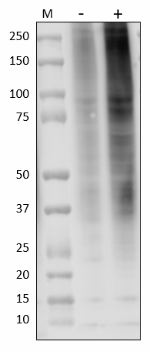
Whole cell extracts (15 µg protein) from HeLa cells untreate... -
Direct-Blot™ HRP anti-Ubiquitin

Recombinant mouse Ubiquitin (100 ng) was resolved by electro... -
Biotin anti-Ubiquitin
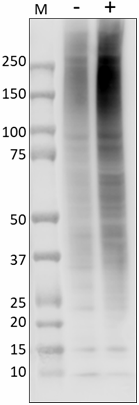
Whole cell extracts (15 µg protein) from HeLa cells untreate...
 Login / Register
Login / Register 




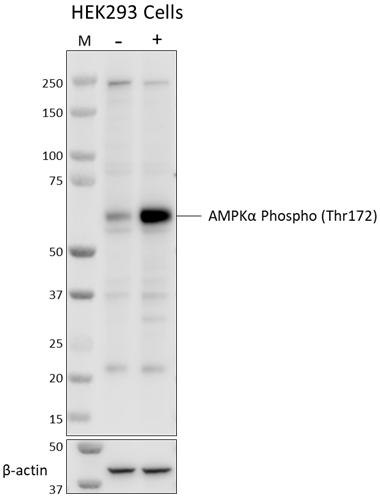
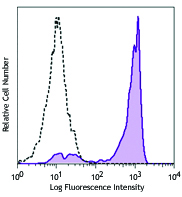
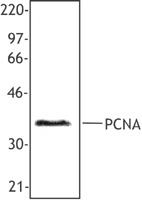




Follow Us